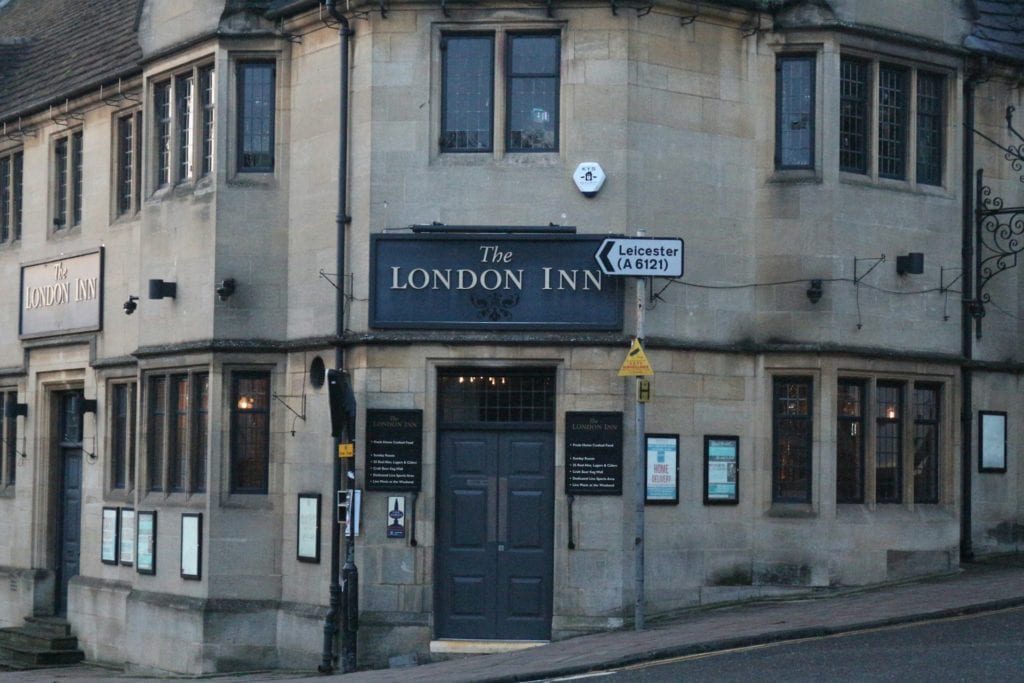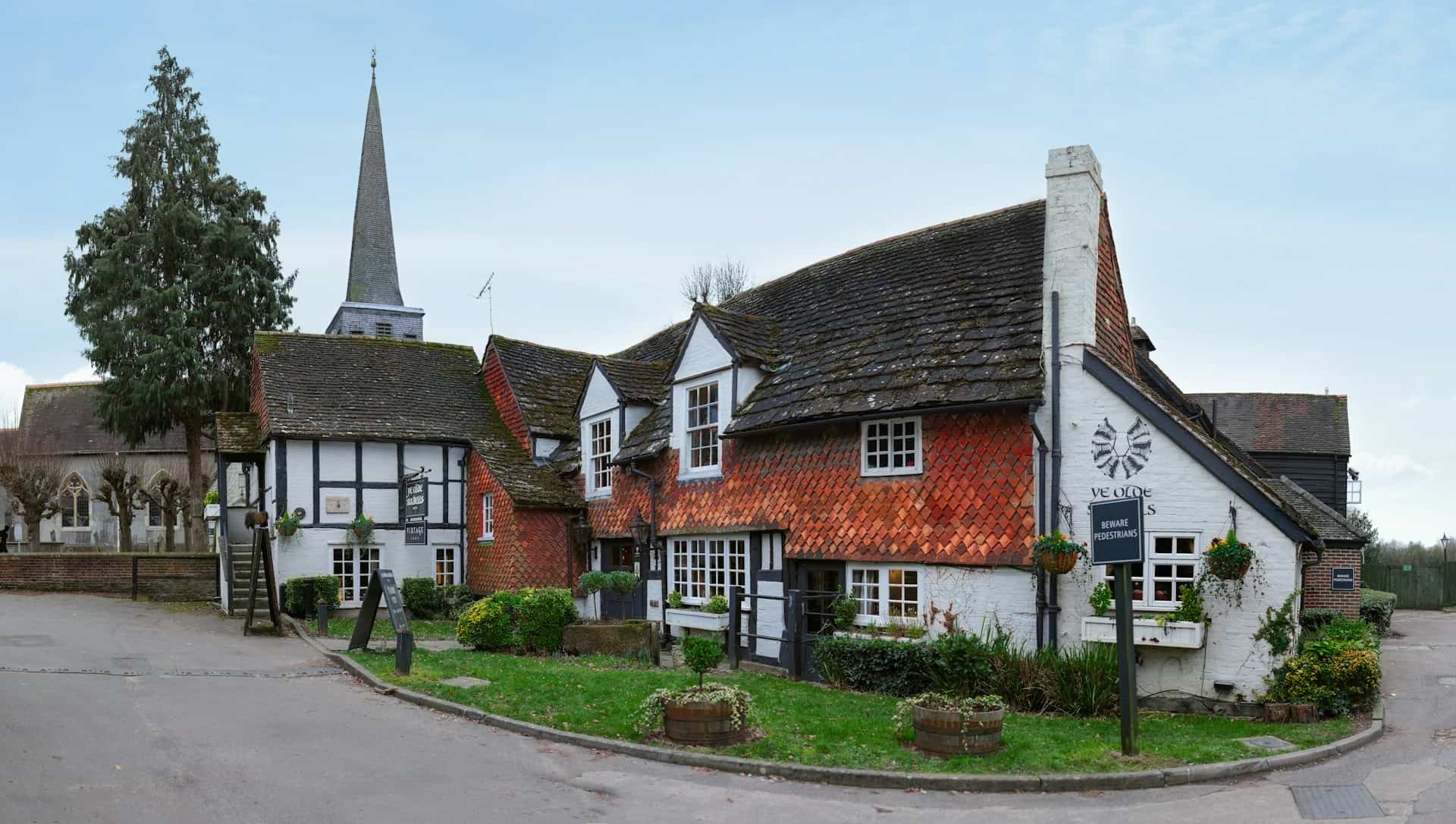It is estimated that there are currently over 500,000 listed buildings in the UK, so you’ll likely come across one when on your property buying journey. If you’re viewing a listed building, whether to live in, or for your business to occupy, you must gather the right bits of information in order to make an informed offer. So, which questions should you ask before buying a listed property?
- What is the listed status of the property, and what grade is it assigned?
- Have there been any alterations or renovations done to the property, and were they carried out with listed building consent?
- Have there been any previous applications for alterations or extensions, and were they approved or denied by the local conservation authority?
- Are there any ongoing or past issues with pests, mould, or other environmental concerns?
- Are there any known issues with historic features such as timber framing, plasterwork, or decorative elements?
- Has the property ever experienced flooding, water damage, or foundation issues?
- What is the age and condition of the roof, plumbing, electrical system, and HVAC systems?
- What is the energy efficiency rating of the property, and are there any restrictions on upgrading insulation or installing modern heating systems?
- Have there been any surveys or reports conducted on the property’s condition, and can I review them before making an offer?
- What is the owner’s reason for selling, and how long has the property been on the market?
Which Questions Should You Ask When Buying a Listed Building?
Here are some of the most important questions you should ask your estate agent, and seller of the residential or commercial property before you dive into purchasing a listed building.

What Is the Listed Status of the Property, and What Grade Is It Assigned?
The grade of a listed building in England will determine how much you can do on a property by way of extensions and moderations, so it is an important factor to consider before residential or commercial property ownership. There are three categories that your listed building could fall into:
- Grade I: These buildings are of exceptional interest, often possessing significant historical, architectural, or cultural significance. They are usually protected by very strict regulations.
- Grade II*: Buildings of particular importance and more than special interest. They may have significant historic or architectural features that warrant preservation.
- Grade II: This category includes buildings of national importance and special interest. Whilst not as stringent as Grade I or II*, they still require careful consideration and preservation.
Have There Been Any Alterations or Renovations Done to the Property, and Were They Carried Out With Listed Building Consent?
Before buying a listed property, you should have a clear picture of all the alterations and renovations that have been carried out in the years prior. Doing so will give you a good idea of what you may/may not need to tackle when you move in.
You must also check for works that have been completed without prior approval and consent. Alterations which may initially seem simple, such as installing double-glazed windows, still require listed building consent from the local planning authorities.
Not only can these changes be expensive to reverse if not done in accordance with the law (depending on the works themselves), but if you’re the new property owner, you might be liable for the legal consequences as it is considered to be a criminal offence.
Have There Been Any Previous Applications for Alterations or Extensions, and Were They Approved or Denied by the Local Conservation Authority?
Suppose a planning application has already been submitted, and denied, for an alteration that you want done in the future. In that case, you can save yourself time (and money) by submitting the same application again, and setting yourself up for a ‘no’ from the council. Likewise, the history of planning applications relating to the property will give you an idea of what can and can’t be done with the property in question, and may alter your buying decision.
Use the English Heritage Website to check which restrictions are currently in place on the property, as this should give you an idea of how easy it would be to alter the listed property.
You can find all previous planning applications for the property in question by searching the government’s Register of Planning Decisions.
If you’re looking for advice and support on the development of a listed property, why not get in touch with our team? We’ll be with you every step of the way, from planning consent applications, to architectural design and managing the project. Our team have previously worked on a range of complex heritage projects, including the linked of Kensington and Buckingham Palace!
Want to learn more about making changes to a listed property? Read this helpful blog: How Should You Approach Listed Building Development?
Are There Any Ongoing or Past Issues with Pests, Mould, or Other Environmental Concerns?
Issues such as pests, mould, and dampness are common challenges faced by property owners, especially in historic buildings. Having a good idea of a property’s current issues is the best way to get your money’s worth, as you can adjust your offer depending on the remedial works needed.
Damp is one of the most common issues that listed property owners face today. Historic buildings carry the most risk of mould/damp issues due to inadequate ventilation, or issues with the roof and walls. Enlisting the help of a chartered surveyor, like Fourth Wall, will give you a good idea of whether it can be fixed, as well as the costs associated with remedial works.
Learn more in one of our recent blog posts: Damp in Old Houses – What Causes it & How To Fix it or What is Rising Damp?
Are There Any Known Issues with Historic Features Such as Timber Framing, Plasterwork, or Decorative Elements?
Historic features like timber framing, plasterwork, and decorative elements contribute to a listed property’s character and charm and are usually noted down when the building gains a listed status. Therefore, they must be preserved.
If you become the property owner, you will become financially responsible for maintaining the historic features found on your property. As such, identifying any potential issues with these features will allow you to consider costs and time for repairs before you proceed with the purchase.
Has the Property Ever Experienced Flooding, Water Damage, or Foundation Issues?
Understanding the property’s history of flooding, water damage, or foundation issues is essential for assessing its structural integrity and long-term stability of the property. Whilst any flooding, water damage, or foundation issues should have already been addressed by the current property owners, being aware of them means your surveyor can pay extra attention to those areas during a survey.
If you choose to move into a property which has experienced these issues, you may want to consider putting preventative measures in place, such as drainage ditches or dehumidifiers, to ensure they don’t happen again.
Repair works on a listed building after a flood or water damage are not straightforward. In fact, you can get into trouble for removing historical materials such as timber. An architect who specialises in buildings of historical interest will be able to advise on how to best approach water damage.
What Is the Age and Condition of the Roof? What is it Made Out Of?
The roof is one of the most critical components of any building, providing protection against the elements and preserving the structural integrity of the property. Your listed building has likely been constructed with traditional roofing materials such as slate, clay tiles, or thatch.
Each of these materials requires specialised maintenance and may have different durability compared to modern alternatives like asphalt shingles or metal roofing. They are usually a major cost to maintain and/or replace, and will require the help of local contractors suited to this type of work.
As with the issues mentioned above, if you will need to replace or repair the roof in the next 1-2 years, you may want to factor the costs of remedial works into your offer on the property.
What Is the Energy Efficiency Rating of the Property, and Are There Any Restrictions on Upgrading Insulation or Installing Modern Heating Systems?
Many listed buildings contain outdated heating systems, which are often hard to replace, due to the historical elements of the property, which can’t be disturbed during construction. This isn’t helped by the fact that many modern heating systems simply aren’t appropriate for listed buildings.
As with any other property moderation, listed building consent must be obtained before undertaking a retrofitting project. If you simply aren’t prepared to go through the planning permission process to improve the energy efficiency within the property, then ensure it has a good energy performance rating (ideally A, B, or C) to start with.
Learn more about improving energy efficiency in one of our helpful blogs: What is Retrofitting & How Can it Improve Energy Efficiency?
Have There Been Any Surveys or Reports Conducted on the Property’s Condition, and Can I Review Them Before Making an Offer?
If the sellers of the listed property have conducted their own property survey, or planning application surveys in previous years, we would recommend asking to see them.
Reviewing previous surveys can make you aware of any current or previous issues within the property, and with the help of a chartered surveyor, you can assess the cost of immediate and any potential future repairs. If you wish, you could deduct the total cost of said repairs from your offer, ensuring that you have room in the budget for necessary works.
Whilst we always encourage you to review any previous property surveys, it is vital that you enlist a surveyor like Fourth Wall to conduct a listed building survey on your behalf. It can save you money, and stress, in the long run. Our team have experience conducting successful planning applications for a range of complex buildings, such as Buckingham Palace and Windsor Castle.
What Is the Owner’s Reason for Selling, and How Long Has the Property Been on the Market?
Selling a property isn’t a decision that someone takes lightly, and is often for a combination of harmless reasons such as needing more space, moving for work, or to be closer to other family members for residential properties. For commercial spaces, the previous occupier may have needed to downsize due to workers going remotely, or moving HQ locations.
But, sometimes a reason for moving could act as a warning sign and may impact your decision to buy a property. Red flags to look out for include:
- The property is too expensive to manage and maintain
- Nightmare neighbours or community groups
- A declining neighbourhood or lack of amenities or schools nearby
- Lack of parking or public transport
Likewise, if the property has been on the market for 12+ months, it could be a warning sign of hidden issues, or the property could be overpriced.
Listed Building Surveys From Fourth Wall
We’re a team of chartered building surveyors who have a passion for unique, historic buildings.
If you’re thinking about purchasing a listed building, you need a team of surveyors like Fourth Wall behind you. We offer reliable, honest advice without unnecessary jargon. Liam Piercy, our Director and resident heritage expert, has extensive experience with some of the UK’s most impressive properties, including the likes of Buckingham Palace, Kensington Palace, Windsor Castle, and Eton College – you’ll be in great hands!
Listed buildings, due to their complex nature and background, require a more in-depth survey than a homebuyer’s report or similar, so, we’d recommend choosing a Level 3/Listed Building Survey before going ahead with a purchase. Get in touch via our contact form, or use our interactive quiz for an instant quote.





